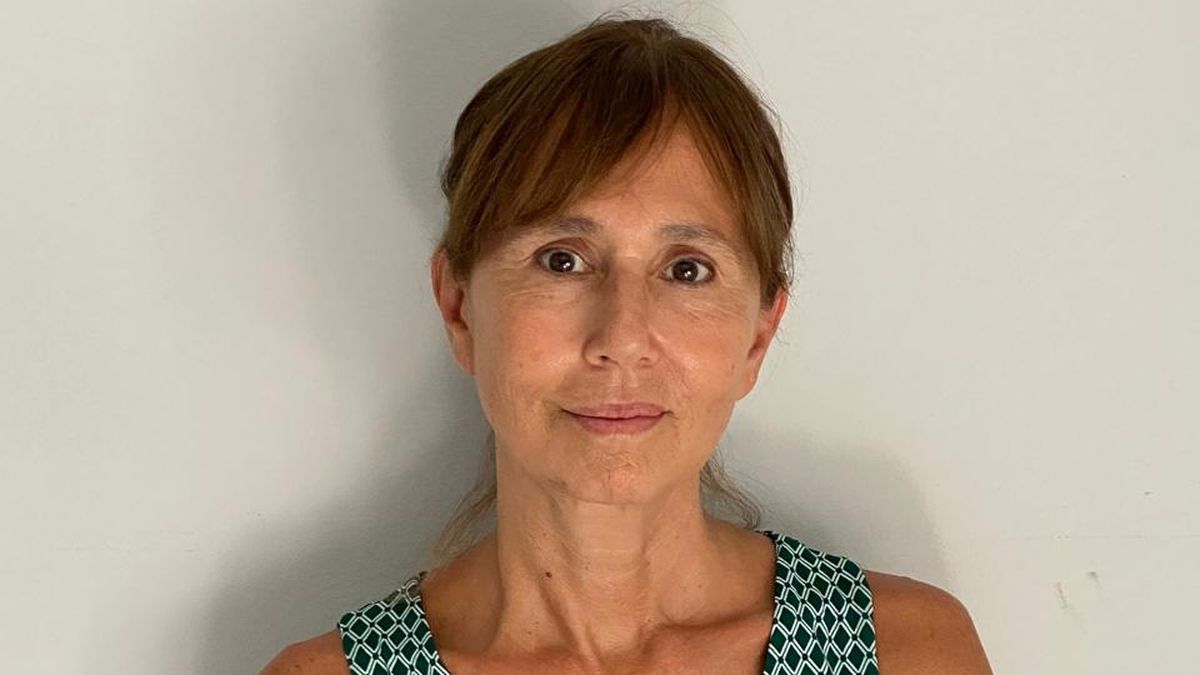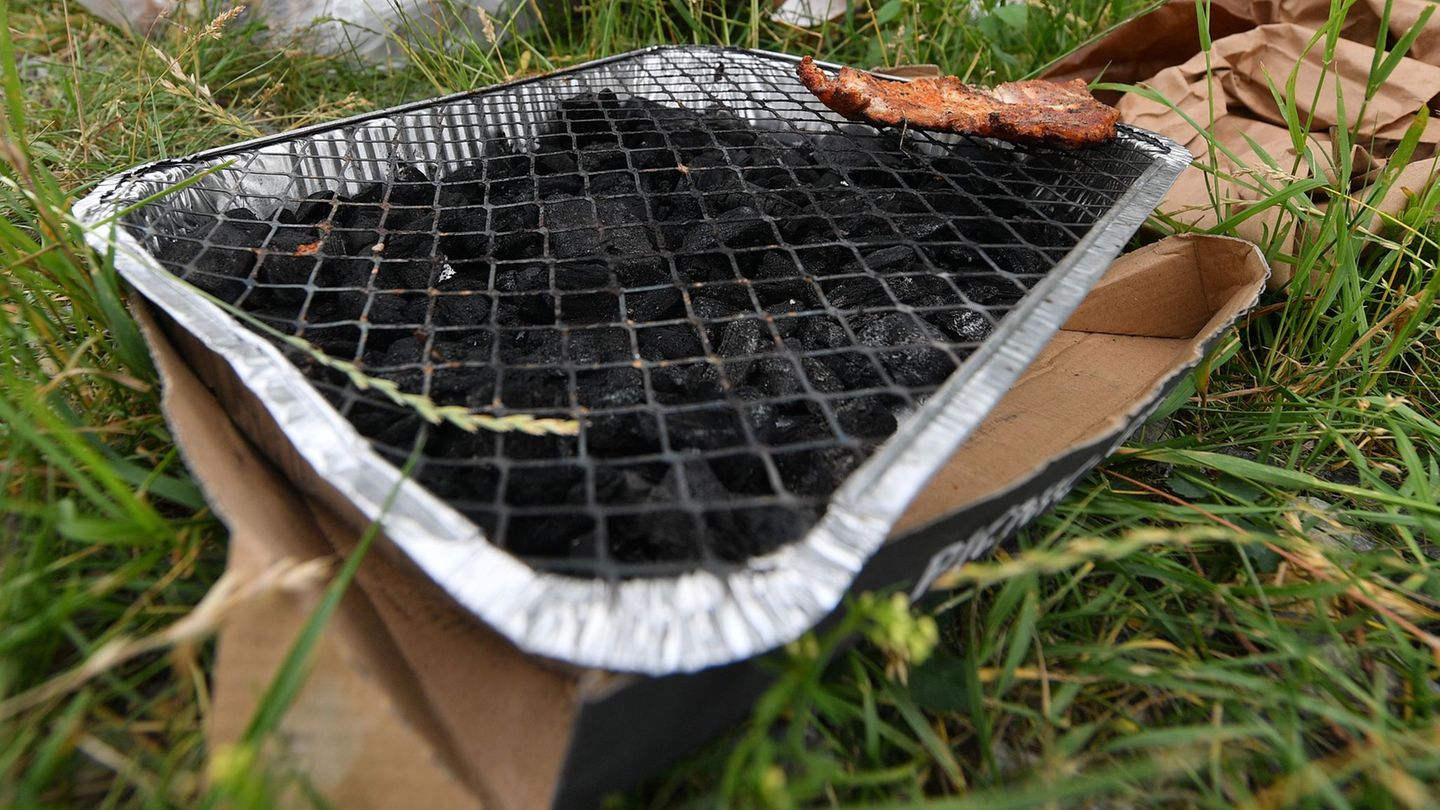Mary Shelley At the age of 18 she wrote a masterpiece and then, at the age of 25, already widowed, to survive she became a professional writer as she discovered. Esther Cross in “The Woman Who Wrote Frankenstein” (Minuscule) that now, more than a decade later, Waldhuter reissued.
We dialogue with Crossnovelist, essayist and translator.
Journalist: Was your book about Mary Shelley a stimulus for new authors dedicated to Gothic literature?
Esther Cross: Many women in recent decades have chosen Gothic to tell stories. Mariana Enríquez is an indisputable example. The Spanish Layla Martínez, with her horror novel “Carcoma”, gave the genre a very personal twist. There is the Ecuadorian María Fernanda Ampuero with her stories of “Human Sacrifices” and her idea that to do Gothic you only need to increase reality. And, of course, the Argentine Agustina Bazterrica with “Exquisite Corpse.” Today there are many. It is difficult to put together a list because there are always many left out. Terror, and especially the gothic genre, exploded.
Q: What distinguishes the Argentine?
EC: Flavia Pittell categorized ours as “gothic at the end of the world”, where together with Mariana Enríquez and Samanta Schweblin with Betina González and Selva Almada. The choice of the gothic genre has to do with the silence, terror and confinement to which women were subjected for a long time. And in that sense Mary Shelley is a stimulating model. Daughter of the precursor of feminism Mary Wollstonecraft, Mary Shelley knew how to capture what was happening in her time and put into words the fear of her time regarding the advances of science, uncertainties and fears that she was not able to show in official literature.
Q: Does the Gothic go beyond literature with “The Supernatural Search”?
EC: That book that we wrote with Betina González, which deals with real stories of apparitions, literature and occultism, arose from our literary affinities for writers of the late 19th and early 20th centuries, who had delved into the supernatural using literature as a tool. . They were looking for an explanation that was not what science gave. They believed that there could be a way of life that was not purely positivist or capitalist. They tried to reach “the last limit”, death, and explore “the great mystery” through literature. That has to do with dark times. With the First World War. And it’s back now. It is no coincidence that we have worked on our book during the pandemic.
Q: Did they turn writers and scientists into characters in Gothic novels?
EC: We look for aspects that are little or not known at all, those that do not appear in their biographies, and that are revealing in more than one aspect. Betina, who researched Oscar Wilde a lot, discovered that she needed her hands read to make decisions. Those factors that are not usually considered important, such as dreams or coincidences that seem to indicate a destiny, do not appear in traditional biographies and make someone real seem like they are from a gothic novel.
Q.: Did Mary Shelly, who at 18 wrote a work that is now classic, later become a commissioned writer?
EC: Is awesome. When we investigated the life of the painter Dante Gabriel Rossetti for our book, we found in letters from his family that Mary Shelley, now an older woman, asked them for information about a poet or a musician that they had met because he was writing a biography for the Encyclopedia. Lardner. The Rossettis were amazed, Mary was a legend, the widow of a great poet. A famous woman was working to survive, even then she was a professional writer.
Q: You were also a pioneer in science fiction.
EC: She had married at seventeen to Percy Bysshe Shelley, who died when she was twenty-five. The death of the poet and her being his first wife caused them to speak ill of Mary. She liked having friends, but she lived apart, dedicated to writing. Her commissioned work does not take her away from her imagination. Among other works she writes “The Last Man,” a dystopia in the 21st century, now, and that seems prophetic.
Q: Is “The Woman Who Wrote Frankenstein” a biography, an essay, or a nonfiction novel?
EC: There is such an abundance of material about Mary Shelley, her intense life, the network of life and work, the amount of diaries and texts she left behind, that it was unfathomable to me. I sought to make a biased, brief profile that at times was a non-fiction story.
Q.: It is curious that, given your demonstrated admiration for Mary Shelley, the Gothic does not appear in your narrative work.
EC: It’s true. There is a case where this is present and that is linked to my book about Mary Shelley. I was writing “Ridiana,” a novel about an inventor who makes a robot, where there are transplants, surgeries, and dissection of corpses. At that time she had written some journalistic articles about some cadaver dissection workshops that had become fashionable in New York. When you write later you realize that this had been on your mind for a long time. One day Juan Forn told me: you had “Radiana” in your head for a long time. And, yes, about twenty years ago I wrote a story about two sisters who fight over a doll, break it and create a monster. Starting to write “Radiana” led me to reread “Frankenstein” that began with a biography of Mary Shelley where she told how, after the unexpected death of her husband, she had kept his heart, after a friend had found it. torn from the poet’s cremation to give it to her, who treasured it forever. From that novelistic, gothic moment, I began to investigate.
Q: What are you working on now?
EC: Stories, but very slowly. dedicated to translations. The last thing that was published is “The Soldier” by the Israeli Paulina Tuchshneider.
Source: Ambito
I am an author and journalist who has worked in the entertainment industry for over a decade. I currently work as a news editor at a major news website, and my focus is on covering the latest trends in entertainment. I also write occasional pieces for other outlets, and have authored two books about the entertainment industry.




